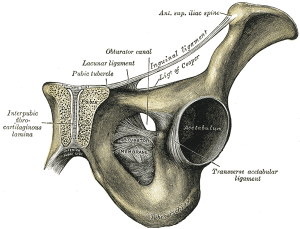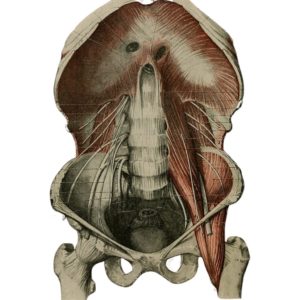What Is Inguinal Ligament Pain?
Ligaments are bands of connective tissue that connect bones to bones holding the body’s joints together.
In most cases.
And I am particularly interested in things in the body that are anomalies such as the inguinal ligament.
Before we get into inguinal ligament pain, a little about the inguinal ligament itself.
The inguinal ligament is two bands of connective tissue extending from the anterior superior iliac spine (ASIS) of the hip bone to the pubic bone.
The inguinal ligament has several functions. It serves as an anchor for the oblique muscles, the abdomen, and the pelvis.
It also supports the soft tissues in the groin area, along with supporting nerves and blood vessels as they pass through the groin to the legs.
The hip bone is actually three bones at birth that fuse into one. The ilium, ischium, and pubis combine to create the hip, or innominate, bone.
And this is where things get interesting. I said ligaments connect different bones together but the inguinal ligament connects at either end of the same bone.
The inguinal ligament is formed at the base of the aponeuroses of the external oblique muscle.
Aponeurosis is a flat sheet of tendons that helps to bind muscles and connect the muscles to our bones.
It also connects the internal oblique and transverse abdominis muscles of the abdomen to the pelvis.
Most references to inguinal ligament pain concern hernia (which are concerning), and assorted pulled muscles of the groin (and more I will list below).
By the way, the groin isn’t a thing, it is an area.
I have a slightly different take on inguinal ligament pain.
A lot of clients I work with talk about a particular type of pain that wraps around from the groin to the low back.
I have come to see that as pain related to the psoas muscle.
And if you have read this blog before you know I am psoatically obsessed, and think the road to healing chronic pain goes through the amazing psoas muscle.
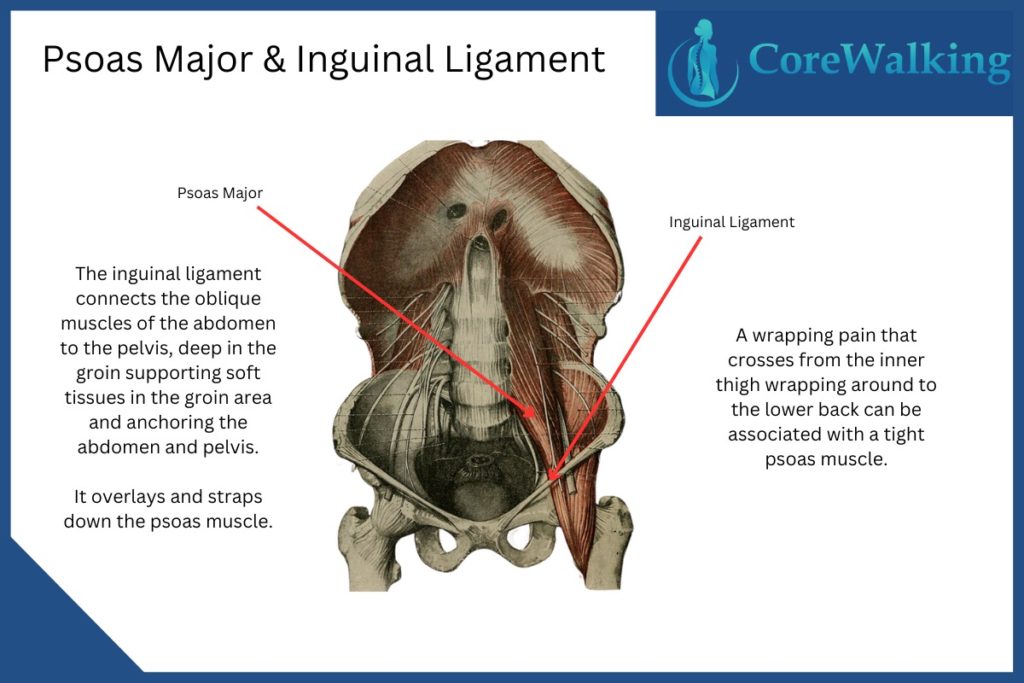
What is a Psoas?
The iliopsoas muscle group is three muscles- psoas major, psoas minor, and iliacus.
It is called the iliopsoas because the psoas and iliacus meet to form a common tendon that attaches to the lesser trochanter.
The lesser trochanter is a knob of bone on the femur at the back half of the inner thigh.
The psoas major is the muscle I focus on. After it splits from the iliacus it connects along the lumber spine.
I consider it to be the body’s most important muscle because of its influence on three important aspects of our lives:
- Posture
- Walking
- Pain and Trauma
Only three muscles connect the legs to the spine. The psoas major, the gluteus maximus and the piriformis.
The psoas attaches the legs to the spine at the front and the other two attach at the back.
These three muscles do a lot of the work to hold us upright when our posture is good.
Unfortunately, our posture is rarely good.
The psoas is the main muscle of walking as one of the body’s main hip flexors. Every successful step that we take is initiated by the psoas.
Unfortunately, we don’t tend to take many successful steps.
As the body’s main hip flexor the psoas reacts any time we sense— or are in— danger as fear is flexion.
Where it gets a little woo-woo is that I think the psoas muscle stores, or holds on to, the energy related to this fear or danger when we can’t process it immediately.
That’s why I see the psoas as the muscle of pain and trauma.
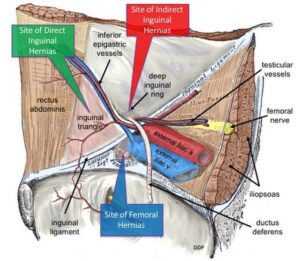
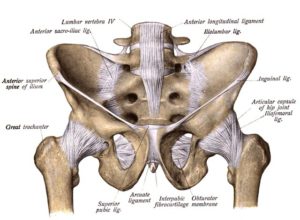
Inguinal Ligament Pain and the Psoas
Though inguinal ligament pain can occur due to numerous factors I will use one of my favorite phrases— it’s all about the psoas.
Hernia, nerve entrapment, prostatitis, urinary tract infection, and issues with the lumbar spine can all be related to the inguinal ligament but…
When someone reports a wrapping pain from the groin to the lower back I immediately think about the psoas.
One way to look at the inguinal ligament is to see it as strapping down the psoas.
This is all well and good until the psoas becomes tight.
Imagine a big belly straining against pants with a belt buckled too tight.
A tight psoas is the big belly and the inguinal ligament is the belt.
Chronic pain relief can be complicated and there are two essential factors that need to be considered.
The origin story and an accurate diagnosis.
With so many possible reasons for inguinal ligament pain, it is incredibly important to get it right when it comes to why the pain is happening.
When I work with clients I am listening intently for the description of their pain.
A very common picture that gets painted of inguinal ligament pain is that wrapping sensation that starts in the groin and moves to the lower back.
If I ask someone with this pain to show me, they draw a line with their hand that mirrors the alignment of the inguinal ligament.
If this is the case and I determine that I think the psoas is involved I don’t suggest stretching the muscle.
I focus on techniques for relaxing the psoas so that it softens away from the inguinal ligament.
It is hard to exercise and not stretch the psoas muscle so learning to relax the psoas is key to healing from issues like inguinal ligament pain.
And many other issues as well.

